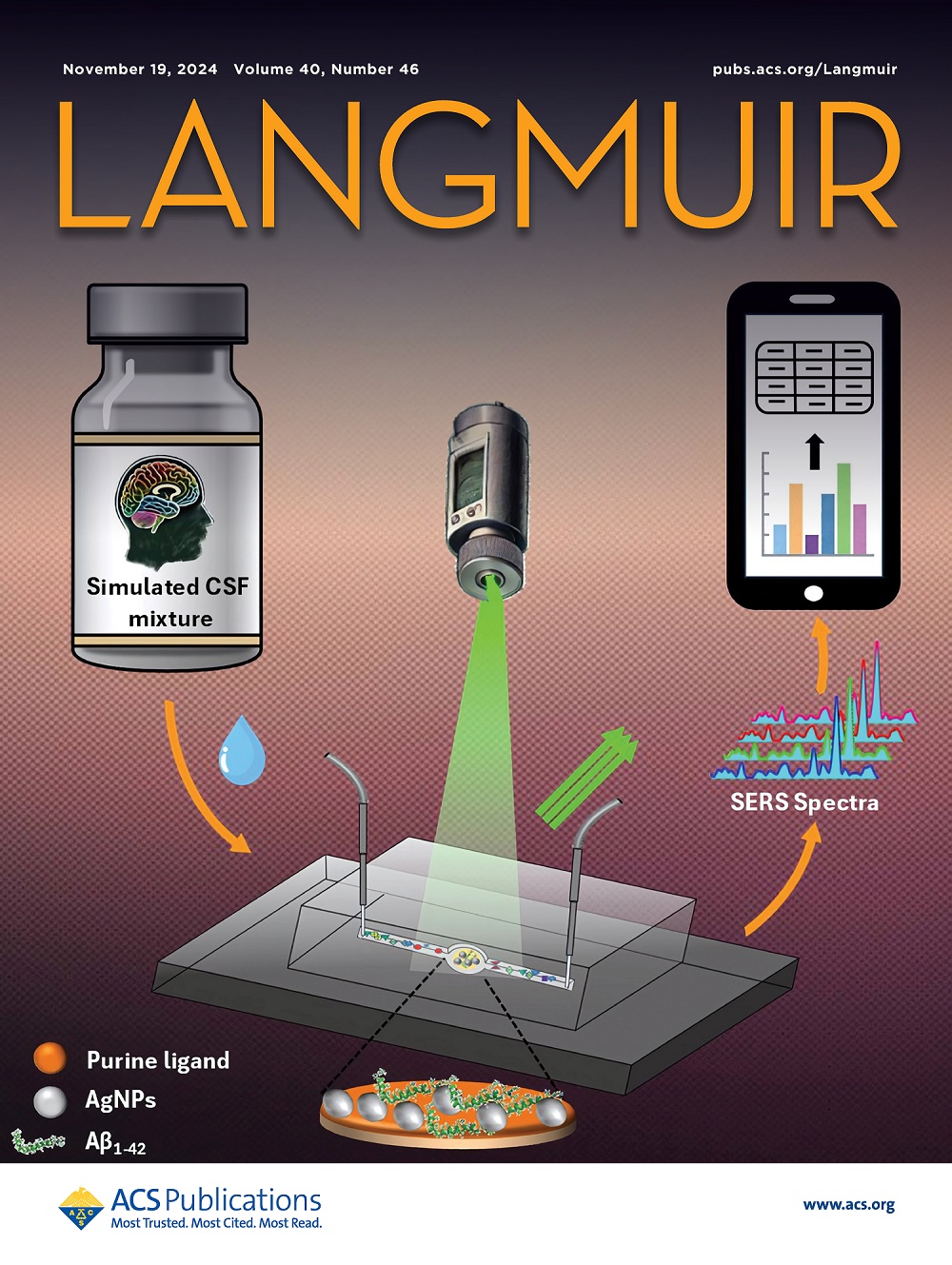氮掺杂碳纳米管中嵌入Fe/Fe3O4异质结的电fenton催化高效去除有机污染物。
IF 3.7
2区 化学
Q2 CHEMISTRY, MULTIDISCIPLINARY
引用次数: 0
摘要
电fenton法被认为是消除水中有机污染物最可靠的技术之一。然而,由于缺乏具有持续芬顿反应所需的基本循环催化功能的阴极催化剂,其性能仍未达到其潜力的水平。本文制备了Fe和Fe3O4异质结嵌入氮掺杂碳纳米管中,并将其缝在多孔氮掺杂碳上(表示为Fe/Fe3O4@PNC),作为双功能阴极催化剂,用于高效降解有机污染物。具有丰富吡啶- n位点的n掺杂碳可以通过双电子氧还原反应(ORR)原位生成H2O2,而具有多价态的Fe/Fe3O4异质结可以促进Fe3+/Fe2+的循环效率,从而激活H2O2,生成•O2-和1O2的活性氧化物种(ROS)。利用Fe/Fe3O4异质结与n掺杂碳纳米管之间的协同效应,以及丰富的传质通道和Fe3+/Fe2+快速循环,Fe/Fe3O4@PNC作为非均相阴极电催化剂,表现出优异的催化活性,在1 h内达到98.72%的良好有机污染物去除效率。本研究为合理设计Fe基异质结阴极材料,实现高效电fenton工艺提供了可行途径。本文章由计算机程序翻译,如有差异,请以英文原文为准。
Embedding Fe/Fe3O4 Heterojunctions in Nitrogen-Doped Carbon Nanotubes for Efficient Removal of Organic Pollutants via Heterogeneous Electro-Fenton Catalysis.
The electro-Fenton process is considered one of the most reliable techniques for eliminating organic pollutants from water. However, its performance is still not up to par with its potential due to the lack of cathodic catalysts with the essential cycling catalytic functionality required for sustained Fenton reactions. Herein, Fe and Fe3O4 heterojunctions embedded in N-doped carbon nanotubes stitched on porous nitrogen-doped carbon (denoted Fe/Fe3O4@PNC) are fabricated and employed as a bifunctional cathode catalyst for the highly efficient degradation of organic pollutants. The N-doped carbon with rich pyridinic-N sites enables in situ generation of H2O2 via a two-electron oxygen reduction reaction (ORR), while Fe/Fe3O4 heterojunctions with multivalent states promote the cycling efficiency of Fe3+/Fe2+ for activating H2O2 to produce reactive oxidative species (ROS) of •O2- and 1O2. Benefitting from the synergistic effects between Fe/Fe3O4 heterojunctions and N-doped carbon nanotubes, along with abundant mass transfer channels and rapid Fe3+/Fe2+ cycling, Fe/Fe3O4@PNC, as a heterogeneous cathode electrocatalyst, displays superior catalytic activity, achieving a favorable organic pollutant removal efficiency of 98.72% within 1 h. This study provides a feasible way to the rational design of Fe-based heterojunction cathode materials for an efficient electro-Fenton process.
求助全文
通过发布文献求助,成功后即可免费获取论文全文。
去求助
来源期刊

Langmuir
化学-材料科学:综合
CiteScore
6.50
自引率
10.30%
发文量
1464
审稿时长
2.1 months
期刊介绍:
Langmuir is an interdisciplinary journal publishing articles in the following subject categories:
Colloids: surfactants and self-assembly, dispersions, emulsions, foams
Interfaces: adsorption, reactions, films, forces
Biological Interfaces: biocolloids, biomolecular and biomimetic materials
Materials: nano- and mesostructured materials, polymers, gels, liquid crystals
Electrochemistry: interfacial charge transfer, charge transport, electrocatalysis, electrokinetic phenomena, bioelectrochemistry
Devices and Applications: sensors, fluidics, patterning, catalysis, photonic crystals
However, when high-impact, original work is submitted that does not fit within the above categories, decisions to accept or decline such papers will be based on one criteria: What Would Irving Do?
Langmuir ranks #2 in citations out of 136 journals in the category of Physical Chemistry with 113,157 total citations. The journal received an Impact Factor of 4.384*.
This journal is also indexed in the categories of Materials Science (ranked #1) and Multidisciplinary Chemistry (ranked #5).
 求助内容:
求助内容: 应助结果提醒方式:
应助结果提醒方式:


